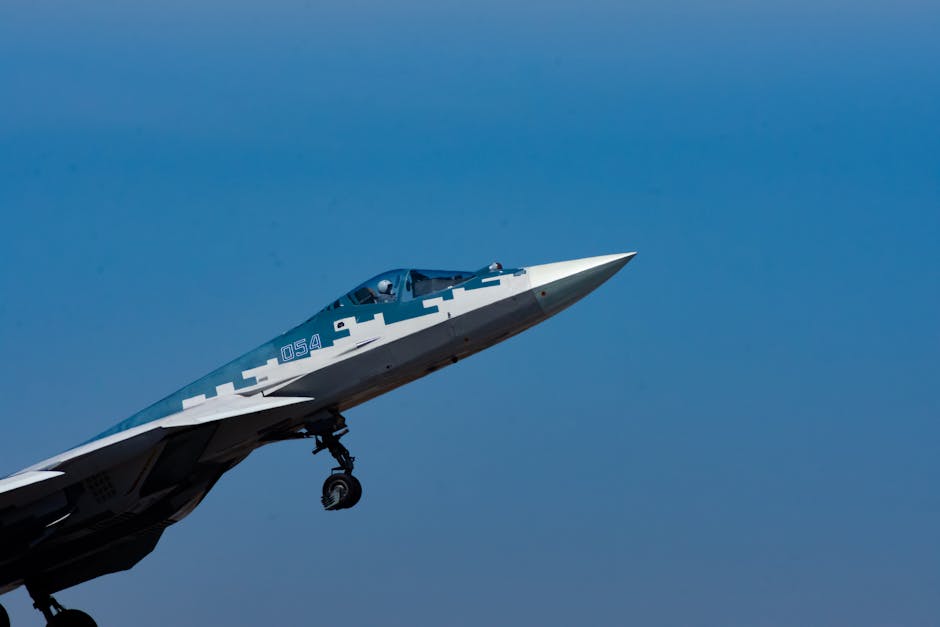In a landmark move to strengthen India’s defence capabilities and reduce reliance on foreign technology, the Defence Research and Development Organisation (DRDO) has unveiled plans to invest over Rs 65,400 crore in indigenous fighter engine programmes. This initiative aligns with the government’s Atmanirbhar Bharat (Self-Reliant India) mission, aiming to position India as a global leader in aerospace technology and defence manufacturing.
Why India Needs Indigenous Fighter Engines
India has long depended on foreign-made engines to power its fighter jets, such as the Russian AL-31F for the Sukhoi Su-30MKI and the American F404 and F414 engines for the Tejas Light Combat Aircraft (LCA). While these engines have been reliable, the dependency on imports has led to challenges in cost, maintenance, and strategic autonomy. Developing homegrown fighter engines is crucial to overcoming these issues and ensuring long-term operational readiness for the Indian Air Force (IAF).
The DRDO’s investment aims to bridge this technological gap by focusing on the design, development, and production of advanced fighter engines within the country. This initiative is expected to enhance India’s defence preparedness and establish it as a key player in global aerospace technology.
Key Focus Areas of the Investment
The Rs 65,400 crore investment will be directed into several critical areas under the DRDO’s fighter engine programme:
-
Development of High-Thrust Engines:
A major portion of the funds will be allocated to creating high-thrust turbofan engines for next-generation fighter aircraft. These engines will feature higher thrust-to-weight ratios, improved fuel efficiency, and enhanced durability to meet modern combat requirements. -
Private Sector Collaboration:
The DRDO plans to partner with Indian private companies and startups to accelerate development. This collaboration aims to harness private sector innovation and expertise while building a strong defence industrial ecosystem. -
Advanced R&D Initiatives:
Significant investments will be made in research and development, focusing on cutting-edge technologies like advanced materials, additive manufacturing (3D printing), and artificial intelligence (AI) for engine design and testing. These technologies will help reduce development timelines and improve engine performance. -
Skill Development and Training:
The programme includes provisions for training engineers and technicians in aerospace propulsion, ensuring a skilled workforce to support India’s defence manufacturing goals.
Strategic Benefits of the Initiative
This investment has profound strategic implications for India:
- Reduced Dependency: It will lessen reliance on foreign suppliers, giving India greater control over its defence capabilities.
- Enhanced IAF Efficiency: Indigenous engines will be tailored to meet the specific needs of the IAF, improving operational efficiency.
- Global Defence Exporter: Once operational, these engines could be exported to friendly nations, boosting India’s role as a defence exporter.
Challenges to Overcome
While ambitious, the programme faces several hurdles:
– Complex Development: Creating advanced fighter engines requires cutting-edge technology and precision engineering, making it a time-intensive process.
– Funding and Technical Bottlenecks: Sustained funding, technical expertise, and institutional support will be critical to the programme’s success.
A Milestone for Self-Reliance
The DRDO’s Rs 65,400 crore investment in fighter engine programmes marks a significant step in India’s journey towards defence self-reliance. By focusing on indigenous development and leveraging domestic expertise, India is building a robust and self-sufficient defence ecosystem.
As the programme progresses, it will be closely monitored by defence analysts, policymakers, and citizens. If successful, it could serve as a model for other sectors, showcasing the transformative power of innovation and self-reliance in shaping India’s future.
India’s bold move signals its commitment to securing its skies and solidifying its position as a global defence powerhouse.




